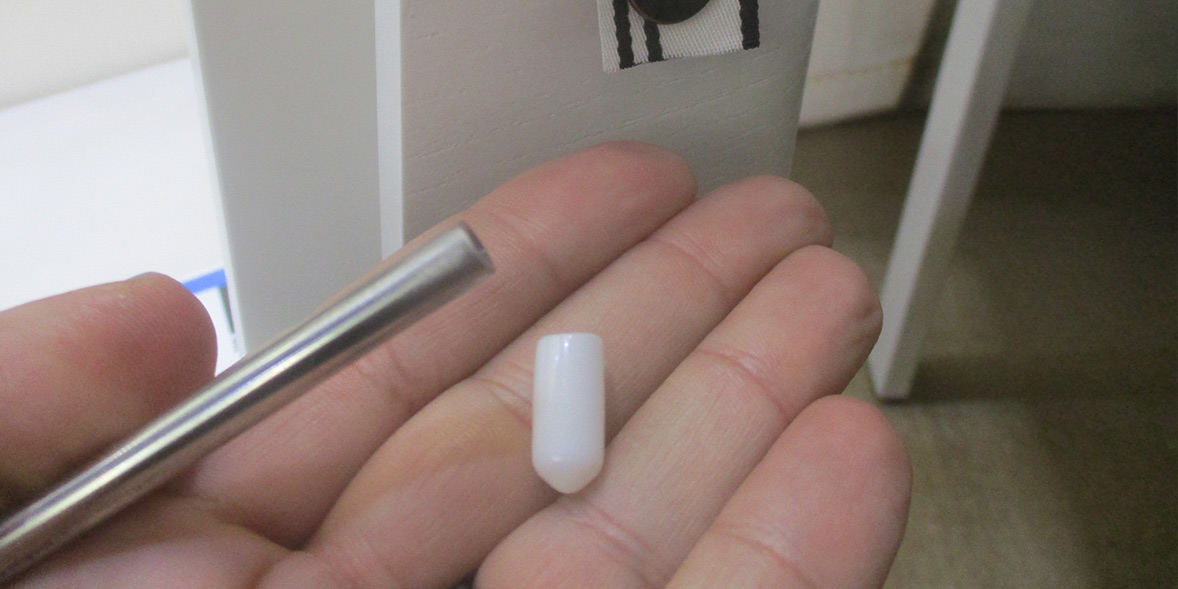5 things we learnt in our bedside crib testing

During your baby's newborn months, a bedside crib could make sleeping at night a little simpler by keeping them closer to you for feeds, nappy changes and settling.
But which one will fit the most seamlessly into your lives? Here’s a rundown of the features we found genuinely useful and those which hampered safety or ease of use.
For ways to keep your family living costs down, and kids of all ages happy and healthy, get our Family newsletter – it's free monthly
1. You should avoid the incline feature
According to NHS advice and The Lullaby Trust, the safest place for a baby to sleep is in their own, flat, separate sleep space – a bedside crib enables this.
Make sure the mattress is firm (baby's head should not sink in more than a few millimetres), completely flat, not raised and doesn't have any cushioned areas.
Some bedside cribs have incline options that let you position one side of the base higher than the other. Manufacturers claim that this can ease congestion and reflux in babies. But according to most advice, it's best to lay your baby on a completely flat surface – unless your GP has specifically instructed otherwise.
During testing, we also found that when one of the crib’s mattresses was in its 'anti-reflux' position, the height between the mattress and the top of the drop side when it was lowered was not deep enough according to relevant standards. This could result in a baby being able to roll out of the crib, which could be dangerous.
2. Not all covers can be hot-washed

Ideally, you'll want to be able to machine-wash the removable covers at 60°C to make sure all bacteria and germs are killed, particularly on the mattress cover. Check the washing instructions before you buy. Many manufacturers of the cribs we tested advise that you wash them at 30°C, which may be more environmentally friendly but is potentially less hygienic. Others advise that you merely wipe the mattress clean with a damp cloth, which could result in the fabrics wearing badly and harbouring bacteria.
3. Removable bassinets are very handy

According to NHS advice, your baby should sleep in the same room as you for the first six months so you can keep a close eye on them. This includes daytime naps.
Bedside cribs that have a removable bassinet are ideal for this, as you can detach the bassinet from the main crib and move it to whichever room you’re in during the day. Just make sure you don’t carry the bassinet around with the baby in there, as they're quite bulky and could be bumped or even dropped.
Our bedside crib reviews highlight the cribs that have a removable bassinet.
4. Some cribs travel better than others

Another feature to consider is how travel-friendly the crib is. Whether it’s a trip to the in-laws or a mini-break, your baby is going to need their bed, too. Check the dimensions before you buy and really consider how compact it is once folded – will it fit in your car boot along with everything else? Some come with a travel bag for compact storage, too.
Our reviews highlight the cribs that can be transformed into a travel crib.
5. Removable parts can be a choking hazard

One of the models we tested had plastic caps on the ends of the drop-side rods to blanket the sound of raising or lowering the side. But these two plastic caps were very easy to remove and could be a choking hazard if they accidentally made their way into the crib. We're in contact with the manufacturer of the crib in question and are working towards a collaborative solution.
Want to learn more? Head to our best bedside cribs and buyer's guide to help you decide.

